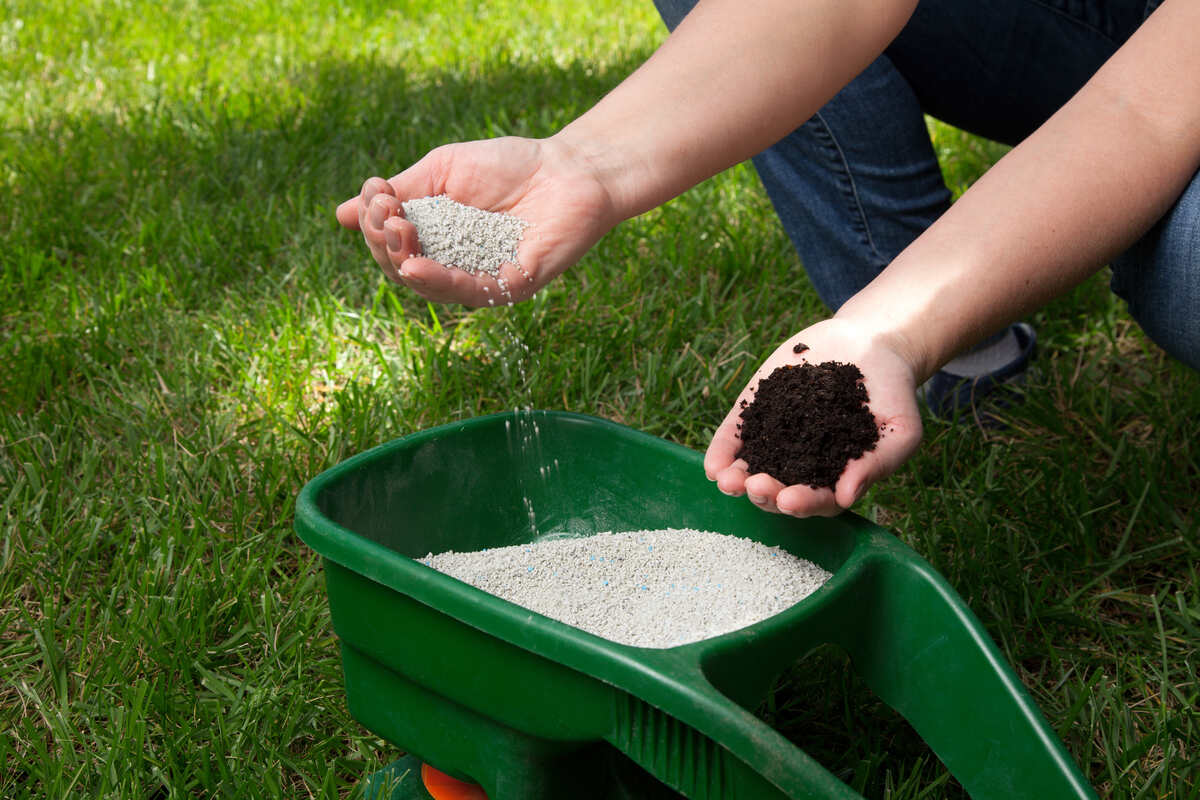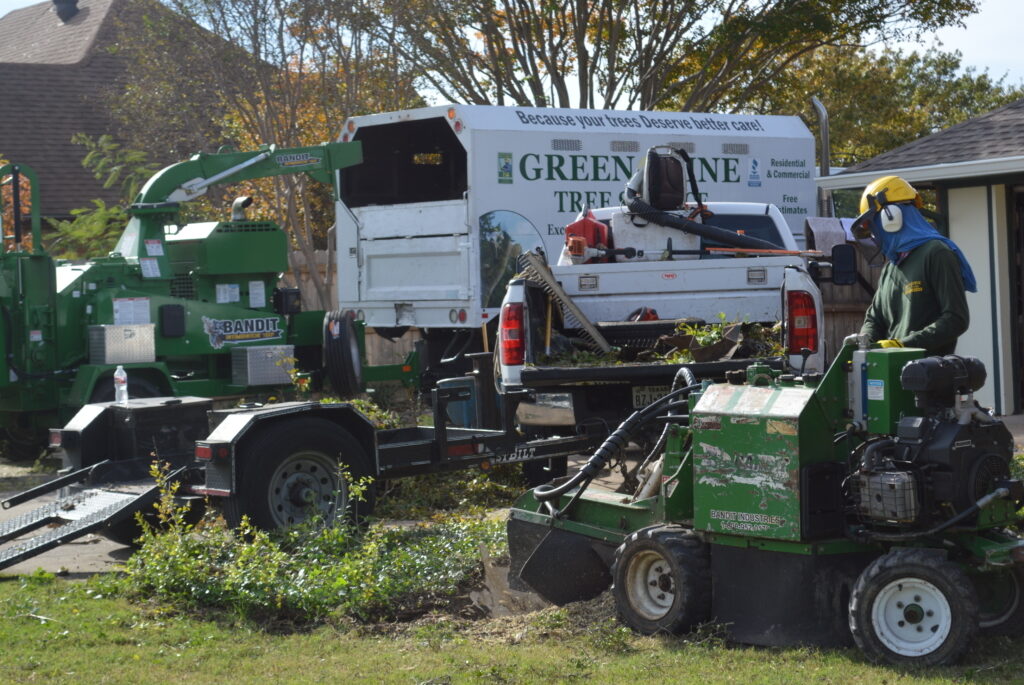Fast Release Fertilizer: Everything You Need to Know
Fast release fertilizers can be a gardener’s best friend or worst enemy, depending on how you use them. If you’re looking for quick results, these fertilizers are often the go-to option, but there’s more to them than meets the eye. Let’s dive into everything you need to know about fast release fertilizers, from what they are to how to use them properly.
What is Fast Release Fertilizer?
In simple terms, a fast release fertilizer is a type of fertilizer that provides nutrients to plants almost immediately after application. Unlike slow release fertilizers that gradually break down over time, fast release fertilizers dissolve quickly, giving plants an instant boost of essential nutrients like nitrogen, phosphorus, and potassium.
Importance of Fertilizers in Gardening
Fertilizers, in general, play a crucial role in providing plants with the nutrients they need to grow healthy and strong. Without them, the soil could become depleted of vital nutrients, resulting in stunted growth, poor yields, and even plant diseases. Fast release fertilizers are particularly helpful when you want to see immediate improvements in your plants.
Understanding Fast Release Fertilizer
What is Fast Release Fertilizer?
Fast release fertilizers are designed to deliver a quick burst of nutrients to plants. This type of fertilizer is typically water-soluble, meaning it dissolves in water and is immediately available for plant roots to absorb.
How Does Fast Release Fertilizer Work?
Nutrient Release Mechanism
When you apply a fast release fertilizer, it quickly breaks down upon contact with moisture, releasing nutrients like nitrogen, phosphorus, and potassium into the soil. Plants absorb these nutrients through their roots, leading to rapid growth and greening.
Solubility and Availability
Fast release fertilizers are highly soluble, which makes them ideal for situations where plants need nutrients right away, such as during the growing season or when plants show signs of nutrient deficiency.

Benefits of Using Fast Release Fertilizer
Immediate Nutrient Supply
One of the main advantages of fast release fertilizers is their ability to provide an immediate source of nutrients. This makes them perfect for reviving struggling plants or giving a boost to heavy feeders like vegetables.
Boosts Growth for Specific Plants
Some plants, especially annuals and vegetables, benefit greatly from fast release fertilizers. They grow quickly and produce fruits or flowers within a short period, making fast nutrient delivery essential for success.
Suitable for Short-Term Growth Needs
If you’re trying to get a lawn green for a special event or need a quick boost for a particular plant, fast release fertilizers can deliver the results you need in a shorter time frame.
Types of Fast Release Fertilizers
Nitrogen-Based Fertilizers
Urea
Urea is one of the most common nitrogen-based fast release fertilizers. It dissolves quickly in water and provides a rapid nitrogen boost to plants, which helps promote leafy growth.
Ammonium Nitrate
Ammonium nitrate is another nitrogen-rich fertilizer that’s frequently used for its fast action. It delivers nutrients quickly and is widely used in agricultural applications.
Phosphorus-Based Fertilizers
Phosphorus is essential for root development and flowering, and fast release phosphorus fertilizers can help plants establish strong roots early in the growing season.
Potassium-Based Fertilizers
Potassium plays a vital role in maintaining plant health and boosting resistance to diseases. Fast release potassium fertilizers can help boost the immune system of plants, making them more resilient to pests and environmental stress.
How to Apply Fast Release Fertilizer
Best Practices for Application
Watering Before and After Application
To ensure the nutrients are absorbed quickly, water the soil before applying the fertilizer and again afterward. This helps the fertilizer dissolve and reach the plant roots more efficiently.
Ideal Seasons for Use
Fast release fertilizers are best used during the growing season when plants are actively taking up nutrients. Avoid using them during dormancy periods, as the nutrients can leach away and be wasted.
Dosage Recommendations
Always follow the recommended dosage on the fertilizer label to prevent over-fertilization. Too much fertilizer can burn plant roots and cause more harm than good.
Avoiding Over-Application
Using too much fast release fertilizer can lead to nutrient burn, which is when the plant gets more nutrients than it can handle. This can result in yellowing leaves, scorched edges, and even plant death.
Drawbacks of Fast Release Fertilizers
Risk of Nutrient Burn
Because fast release fertilizers deliver nutrients so quickly, there’s a higher risk of overdoing it and causing nutrient burn. This happens when the plants take up too many nutrients at once, leading to tissue damage.
Environmental Impact
Excess nutrients from fast release fertilizers can leach into groundwater or run off into nearby bodies of water, causing pollution and harmful algal blooms.
Short-Lived Effects
While fast release fertilizers provide an immediate boost, their effects don’t last long. You’ll need to reapply them more frequently than slow release fertilizers, which can become time-consuming and expensive.

Fast Release vs. Slow Release Fertilizer
Key Differences
Fast release fertilizers deliver nutrients quickly but require more frequent applications, while slow release fertilizers gradually provide nutrients over time and need less maintenance.
When to Use Fast Release Fertilizer?
Fast release fertilizers are ideal when plants need an immediate nutrient boost, especially during the growing season or when dealing with nutrient deficiencies.
Conclusion
Fast release fertilizers are a powerful tool for gardeners looking to give their plants an immediate nutrient boost. Whether you’re trying to green up a lawn, enhance vegetable production, or encourage vibrant flowers, fast release fertilizers can help. However, they need to be used carefully to avoid nutrient burn and potential environmental harm. Always follow best practices for application, pay attention to dosage, and be mindful of the specific needs of your plants. While they provide quick results, they may require more frequent applications compared to slow release fertilizers.


